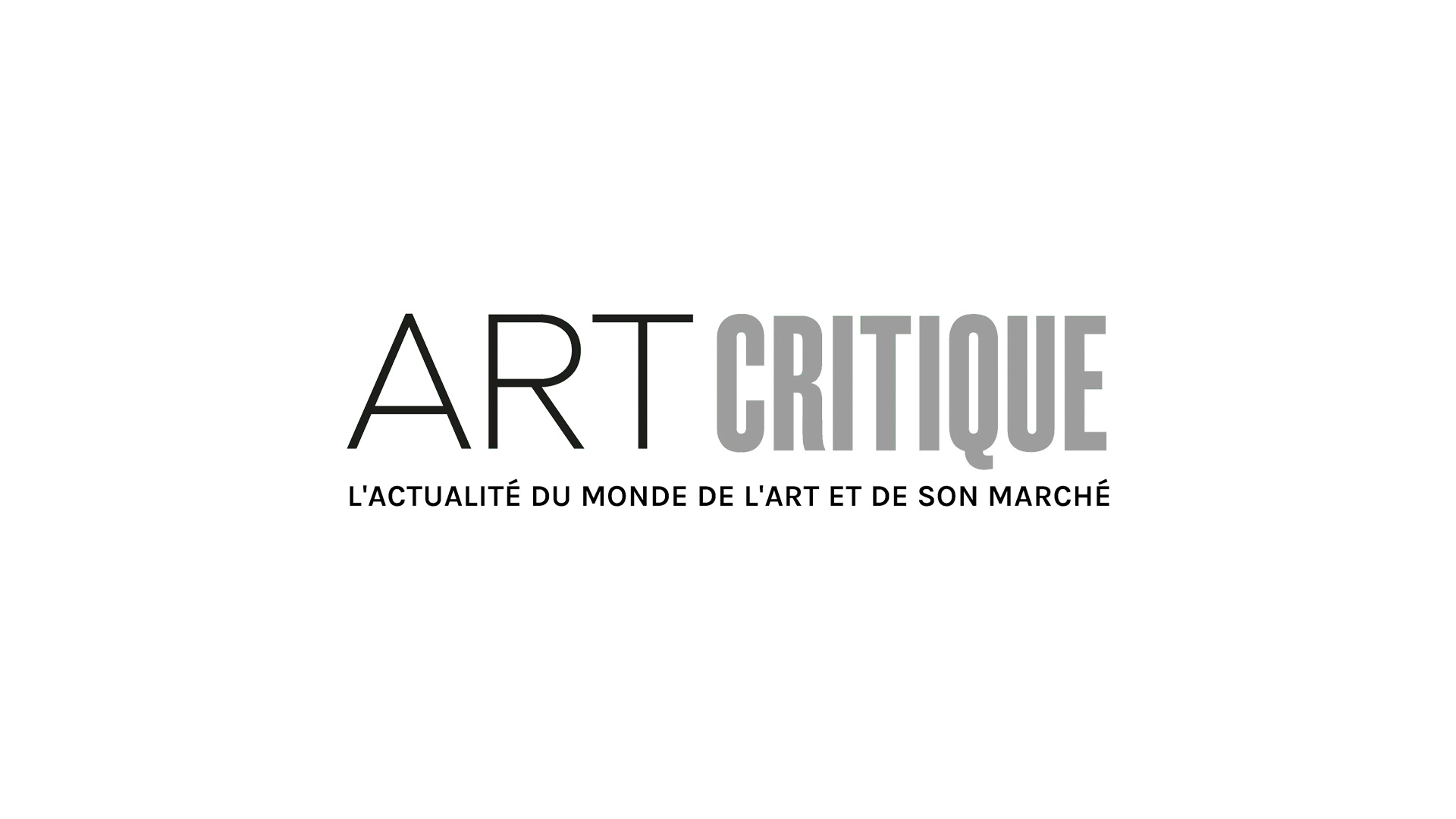There are moments in history where it has been clear that history is being made. In 1963 when Martin Luther King Jr said ‘I Have a Dream’ or as the Apollo 11 made a successful moon landing where Neil Armstrong uttered ‘one small step for man, one giant leap for mankind.’ While those moments aren’t always as easy to spot, London’s Victoria and Albert museum has a special initiative, called ‘rapid response collecting’, dedicated to recognizing such moments and quickly acquiring artefacts from them to address contemporary history in its making.
Some of the museum’s most recent acquisitions are part of something that if you watch the news, have a social media account, or live in a larger city – particularly London – you won’t need to be told its a historical moment in the making: climate change. To be specific, the museum has begun acquiring objects relating to Extinction Rebellion, a climate change activist group most recognizable by their bold hourglass logo that is printed on flags, found on stickers around many cities, and often spray painted onto the side of buildings. So far, the museum has collected a number of these objects, which they have on view for the public to swing by and see (oh! – it’s free, too).
‘The Climate and Ecological emergency is THE issue of our time and art and design is crucial to our non-violent actions and communication,’ said Clive Russell, a representative for Extinction Rebellion, in a statement. ‘We call on all artists and designers to think beyond the bullying constraints of commercial drudgery and join us in rebellion.’ This is exactly what Extinction Rebellion, often referred to simply as XR, has been doing for years. Their logo was created by ESP, a street artist, in 2011 and in 2018, the activist group officially adopted the logo as their own with the artist’s permission. Then, after a protest on October 31st last year that drew over 1,500 people to Parliament Square in London calling on the UK government to recognize climate change as an emergency, the logo seemed to be everywhere nearly overnight. The protest made a formative impact, too, it led to the UK declaring a ‘climate and ecological emergency’ in May of this year and committing to significantly reduce its emissions to net zero by 2025. The group has also encouraged other institutions around the world to make changes in their business habits to better the environment. Today, XR is represented by more than 360 activist groups in 59 countries around the world.
‘Design has been key to Extinction Rebellion’s demands for urgent action on climate change,’ said Corinna Garner, V&A senior curator of design and digital. The items scooped up by the museum are representative of XR’s bold use of colour that found inspiration in pop artist Eduardo Paolozzi, which the museum has likened to strategies used by the Suffragettes, who encouraged the wear of green, purple, and white to show their solidarity. XR even has its own group of artists that create their materials. Signature font types, including ‘FUCXED’ and Crimson’ custom made for the group, the group’s logo and symbol, and leaflets are all part of the ‘rapid response’ collection now.
Thus, while we might not always know when history is being made, it’s becoming more and more obvious that society is at the crux of something major. The V&A is simply making the sleek and powerful designs even more accessible.





